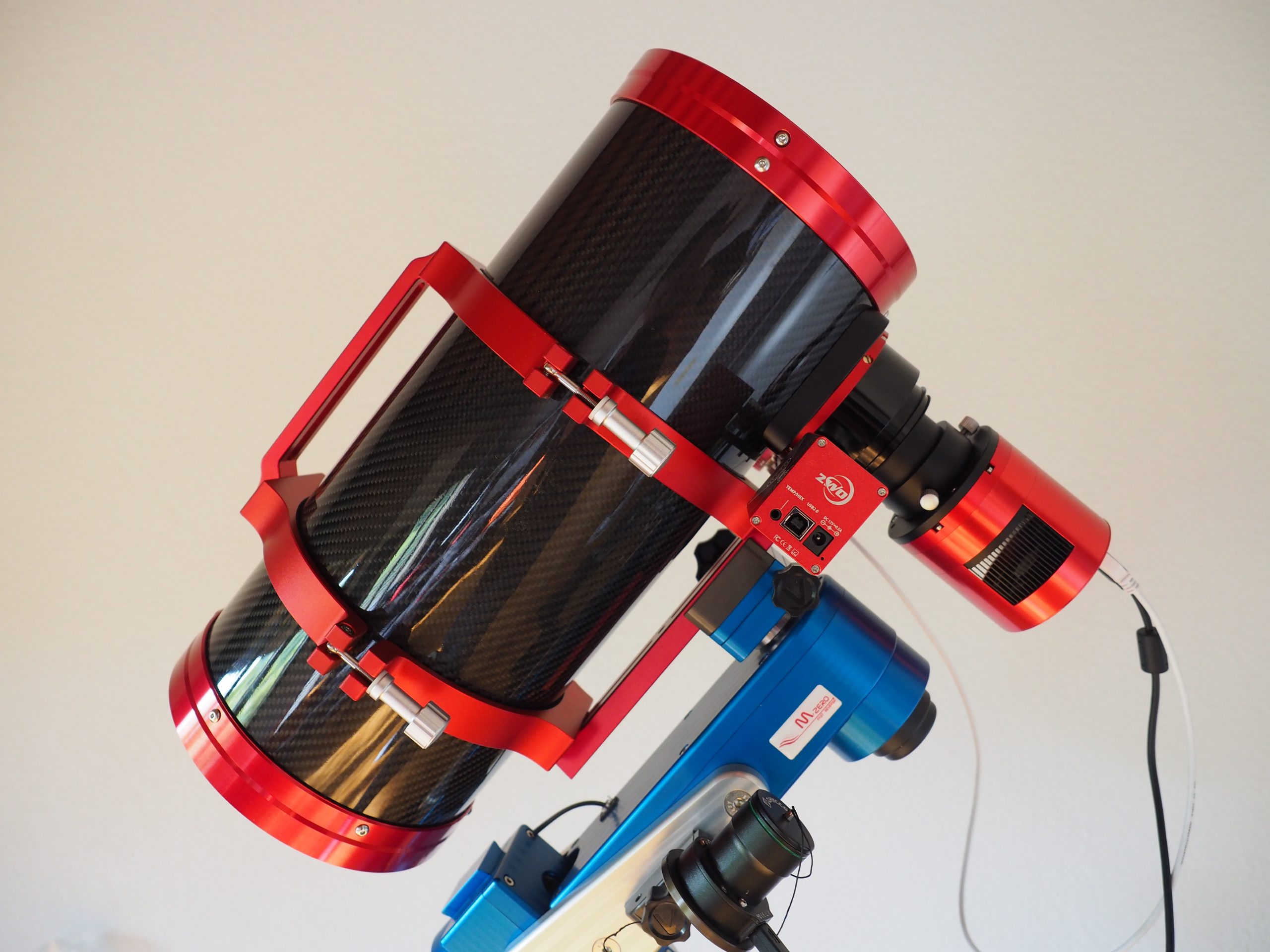Hyperbolic optics represents a cutting-edge approach in the field of optical design, offering significant advancements in the performance and capabilities of optical systems. Utilizing hyperbolic surfaces, these optical components address a range of challenges associated with conventional optics, such as aberrations and light distortion. This article delves into the principles, benefits, applications, and future directions of Hyperbolic Optics highlighting how this innovative approach is shaping the future of precision optical technology.
Understanding Hyperbolic Optics
Hyperbolic optics involves the use of hyperbolic surfaces in optical design. Unlike spherical or planar surfaces, hyperbolic surfaces have unique mathematical properties that provide distinct advantages in controlling light and image formation.
- Principle of Hyperbolic Geometry:
- Mathematical Foundation: A hyperbolic surface is defined by the hyperbola equation in Cartesian coordinates. These surfaces are characterized by their ability to converge or diverge light in specific ways, which is different from spherical or parabolic surfaces.
- Geometric Properties: Hyperbolic surfaces have two distinct focal points and can be used to correct various types of aberrations more effectively than traditional optical surfaces.
- Design Characteristics:
- Aspheric Profiles: Hyperbolic lenses or mirrors are aspheric, meaning their surfaces deviate from simple spherical shapes. This asphericity allows for more precise control over light paths and optical performance.
- Aberration Correction: By designing hyperbolic surfaces, optical systems can correct specific aberrations that are challenging for spherical optics, such as spherical aberration and coma.
Advantages of Hyperbolic Optics
Hyperbolic optics offers several advantages that make it a powerful tool in optical design. These benefits stem from the unique properties of hyperbolic surfaces and their ability to manage light more effectively.
- Enhanced Aberration Correction:
- Improved Image Quality: Hyperbolic optics can correct a broader range of optical aberrations, resulting in clearer and more accurate images. This correction is particularly valuable in high-precision applications where image quality is paramount.
- Reduced Distortion: The ability of hyperbolic surfaces to manage light paths reduces distortions and improves the overall performance of optical systems.
- Design Flexibility:
- Customizable Optics: The versatility of hyperbolic optics allows for the creation of lenses and mirrors with customized surface profiles to meet specific application requirements. This flexibility is crucial for developing specialized optical systems.
- Integration of Multiple Functions: Hyperbolic optics can combine several optical functions into a single component, reducing the need for multiple lenses and simplifying system design.
- High Precision:
- Accurate Light Control: The precise control of light paths provided by hyperbolic surfaces enables the development of optical systems with high accuracy and resolution. This precision is essential for applications requiring detailed and accurate imaging.
- Reduced Optical Aberrations: By minimizing common optical aberrations, hyperbolic optics contribute to the development of systems with superior performance and reliability.
- Compact and Efficient Design:
- Space Efficiency: Hyperbolic optics can achieve high performance with a more compact design compared to traditional optical systems. This feature is advantageous in applications where space is limited.
- Streamlined Systems: The integration of multiple functions into a single hyperbolic component simplifies optical systems and reduces overall complexity.
Applications of Hyperbolic Optics
The advanced capabilities of hyperbolic optics make it suitable for a wide range of applications across various industries. These applications benefit from the enhanced performance and precision offered by hyperbolic optical components.
- Astronomical Observations:
- Telescope Systems: In astronomical telescopes, hyperbolic optics improve image quality and reduce distortions, allowing for detailed observations of celestial objects. Their ability to correct aberrations enhances the accuracy of astronomical data.
- Space Telescopes: Hyperbolic optics are used in space telescopes to achieve high-resolution imaging and precise observations of distant astronomical phenomena.
- Medical Imaging:
- Diagnostic Equipment: In medical imaging systems, such as endoscopes and optical coherence tomography (OCT) devices, hyperbolic optics enhance image clarity and resolution, aiding in accurate diagnosis and treatment.
- Surgical Instruments: For surgical applications, hyperbolic optics provide improved visualization and precision, contributing to better surgical outcomes and enhanced procedural control.
- Consumer Electronics:
- Digital Cameras: Hyperbolic optics are employed in digital cameras to enhance image quality and reduce optical distortions. Their compact design allows for integration into modern camera systems while maintaining high performance.
- Smartphones: In smartphones, hyperbolic optics improve camera functionality, providing clearer images and better overall user experience.
- Scientific Instruments:
- Microscopes: Hyperbolic optics are used in high-resolution microscopes to achieve detailed imaging and reduce distortions, facilitating the examination of microscopic specimens.
- Spectroscopy: In spectroscopy applications, hyperbolic optics enhance light dispersion and detection, leading to more accurate and reliable spectral analysis.
Challenges and Considerations
Despite the numerous advantages, hyperbolic optics also presents certain challenges and considerations that must be addressed in their design and production.
- Design Complexity:
- Advanced Computational Tools: Designing hyperbolic optical components requires sophisticated computational tools and algorithms to calculate and optimize the complex surface profiles. This complexity adds to the design process.
- Specialized Expertise: The design and manufacturing of hyperbolic optics demand specialized knowledge and expertise, making the process more intricate compared to traditional optical designs.
- Manufacturing Difficulties:
- Precision Fabrication: Producing hyperbolic optical components involves advanced manufacturing techniques, such as precision grinding and polishing. Achieving the required surface accuracy can be challenging.
- Quality Assurance: Ensuring the quality and performance of hyperbolic optics requires rigorous testing and inspection to verify that they meet design specifications and maintain optical integrity.
- Cost Factors:
- Higher Production Costs: The advanced design and manufacturing processes associated with hyperbolic optics can result in higher costs compared to traditional optical components. This cost factor must be balanced against the performance benefits.
Future Prospects
The field of hyperbolic optics is continually evolving, with ongoing research and technological advancements driving new developments and opportunities.
- Design Innovations:
- Advanced Simulation Tools: Innovations in simulation and design software will enhance the capabilities of hyperbolic optics, allowing for more precise and optimized optical designs.
- Integration with Emerging Technologies: The incorporation of emerging technologies, such as artificial intelligence and machine learning, may further improve the design and performance of hyperbolic optical components.
- Manufacturing Advancements:
- New Fabrication Techniques: Research into new materials and manufacturing techniques will enhance the production of hyperbolic optics, making them more cost-effective and versatile.
- Automation and Precision: Advances in automation and precision manufacturing will streamline the production process and reduce costs, expanding the accessibility of hyperbolic optical components.
- Expanding Applications:
- Next-Generation Optical Systems: Hyperbolic optics will play a key role in the development of next-generation optical systems, including advanced imaging devices, space exploration instruments, and high-precision scientific equipment.
- Innovative Technologies: As technology continues to advance, hyperbolic optics will find new applications in emerging fields, contributing to the development of innovative optical solutions.
Conclusion
Hyperbolic optics represents a significant advancement in optical design, offering enhanced performance, precision, and flexibility. The ability to correct a wide range of optical aberrations and integrate multiple functions into a single component makes hyperbolic optics a valuable tool in various applications. While challenges in design, manufacturing, and cost exist, ongoing research and technological advancements promise to drive further innovations and expand the potential of hyperbolic optical components. As the field of optics continues to evolve, hyperbolic optics will remain at the forefront of precision optical systems, shaping the future of high-performance imaging and optical technology.

